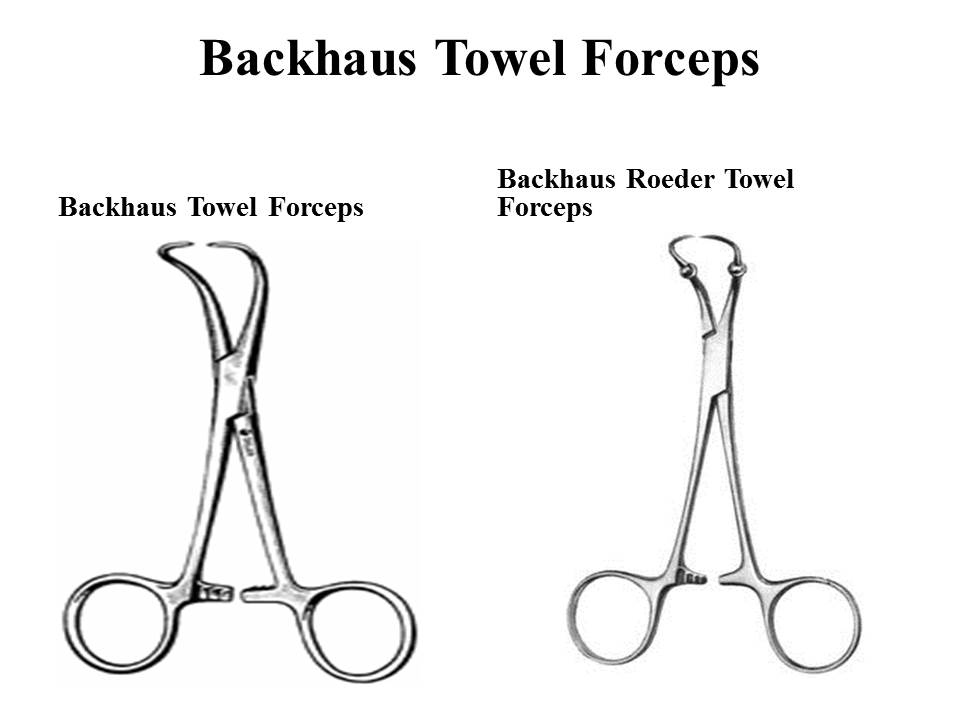In surgery, towel clips are used to secure surgical drapes or towels to the patient’s skin to prevent contamination of the surgical site. These clips are essential to maintaining a sterile environment during surgical procedures. Here are some of the most common types of towel clips used in surgery:
- Backhaus Towel Clip: The Backhaus clip is a common type of towel clip used in surgery. It consists of a small, pointed clip with two prongs that can be closed to hold the drape or towel in place. These clips are typically used for small areas, such as the face or hands.
- Weck Hemoclip: The Weck Hemoclip is a spring-loaded clip with serrated jaws that grip the skin and hold the drape or towel in place. These clips are commonly used for larger areas, such as the abdomen or back.
- Jones Towel Clip: The Jones clip is a long, straight clip with serrated jaws that can be locked in place. These clips are commonly used for securing drapes or towels over long incisions, such as in a hip replacement surgery.
- Roeder Towel Clip: The Roeder clip is a straight clip with a curved tip that is designed to hold towels or drapes in place. These clips are commonly used in plastic surgery, as they provide a more delicate grip.
- Allis Tissue Forceps: Allis forceps are a type of tissue forceps with teeth on the tips that are used to hold tissue during surgical procedures. They can also be used as towel clips to hold surgical drapes or towels in place.
- Kocher Towel Clip: The Kocher clip is a straight clip with a locking mechanism that holds the drape or towel in place. These clips are commonly used for larger areas, such as the abdomen or back.
In conclusion, towel clips are essential to maintaining a sterile environment during surgical procedures. The type of towel clip used depends on the surgical procedure and the surgeon’s preference. Each type of towel clip has its advantages and disadvantages, so it is important to choose the one that best meets the surgical needs.
